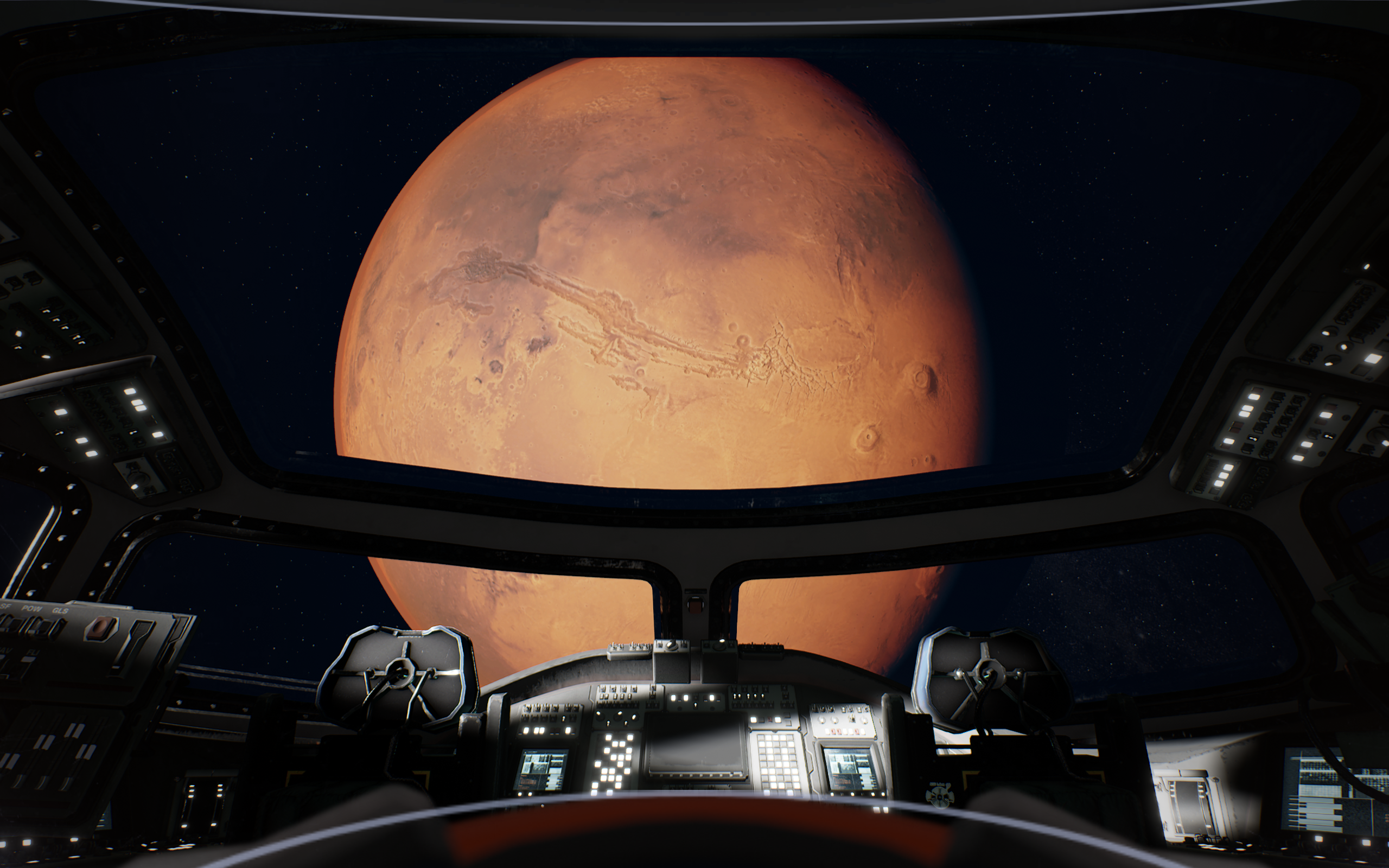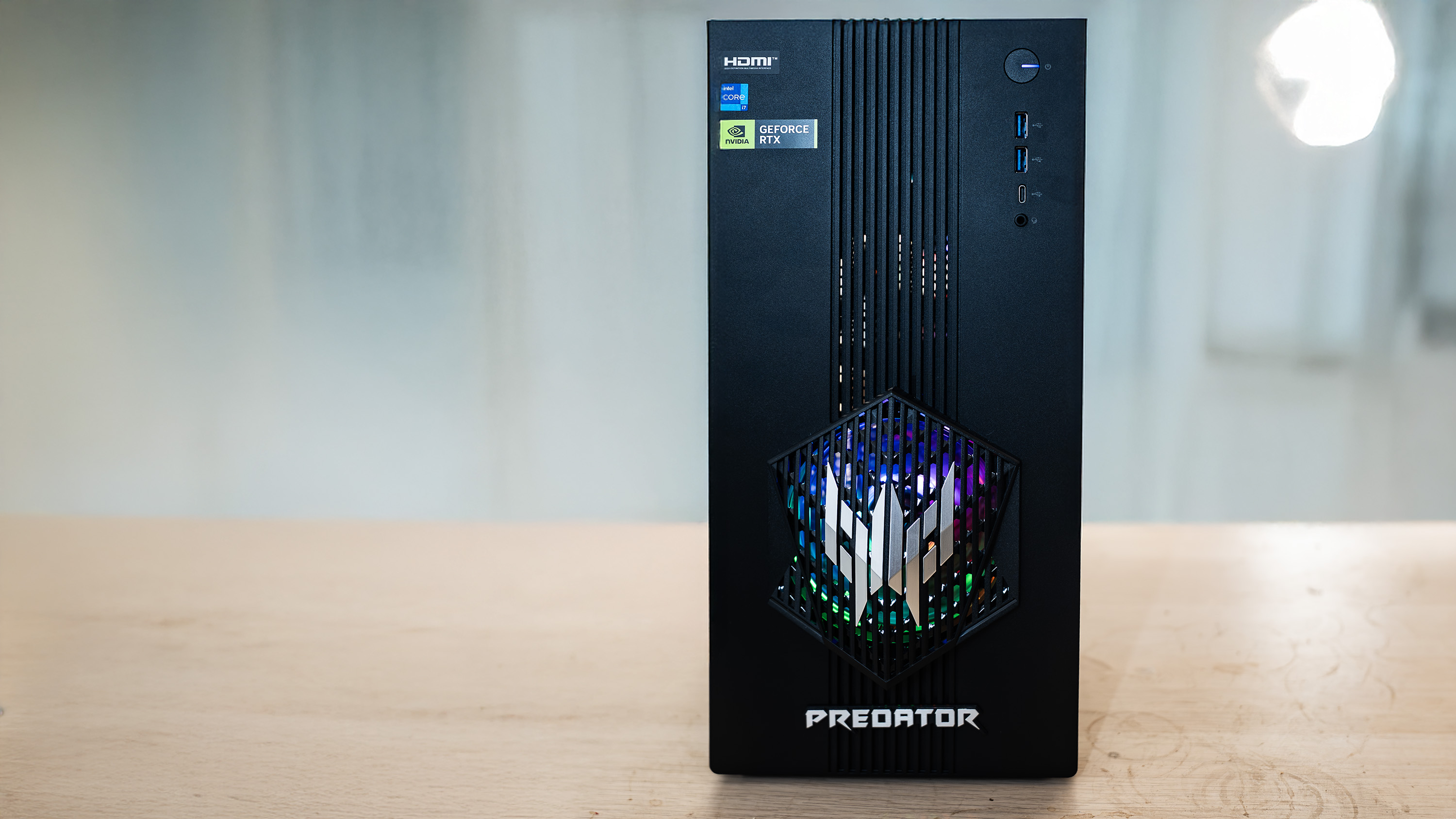Our Verdict
A serious display of sci-fi storytelling talent, even if the production falls short of space age.
PC Gamer's got your back
What is it? A sci-fi interactive drama follow-up to Deliver Us to the Moon.
Expect to pay: £24.99 / $29.99
Developer: KeokeN Interactive
Publisher: Frontier Foundry
Reviewed on: i7 9700K, RTX 2080 TI, 16GB RAM, Windows 10
Multiplayer? No
Link: Official site
To paraphrase Philip Larkin: They mess you up, your mum and dad. Deliver Us Mars protagonist Kathy can make a stronger case for that truism than most, having watched her father disappear off into space to save the rapidly declining planet without her, only to not actually get around to saving said dying planet thereafter. Stuck down there on an overheating homeworld full of panicking denizens, Kathy channels her childhood passion for space into an obsession with becoming an astronaut. The objective, you suspect, is to one day reunite with dad and finally ask him: “What the hell, man?”
And it’s these two stories running in parallel that form the beating heart of KeokeN’s sequel to 2018’s Deliver Us To The Moon. One galaxy-sized sci-fi narrative where an entire planet faces its imminent doom, and a dysfunctional family’s strained relationships, held in close zoom. It might not always wow on a technical level. In fact, even if you’ve been recently thawed out after entering cryo sleep in 2017, you’ve seen Unreal Engine do jazzier visuals than this. But like an indie stage production making ingenious use of a small prop cupboard, Deliver Us Mars is always motoring forwards at such a pace that you rarely notice all the gaffer tape and prayers holding it together.
Although it’s a direct sequel, the narrative stands alone and takes on a different voice this time. You’re experiencing it all through Kathy, a relatably subdued protagonist who’s voiced brilliantly by Ellise Chappell. She’s not waggling her eyebrows and chewing the scenery in every cutscene, but neither is she the mute first-person nobody you occupied in the last game. She’s unlike most central characters I’ve played as, always downplaying the big moments, internalising the trauma, leaking out emotion in tiny micro-movements instead of bellowing it.
The same is true of her dad Isaac, performed by Neil Newbon in convincingly repressed fashion. Maybe that’s what makes the family drama land so well here - nobody just comes out and tells each other how they feel. They lie and say everything’s fine to spare each other’s feelings, and because they don’t want to make a scene, even when the literal fate of the Earth’s at stake. For a Dutch studio, it’s resolutely British in that way.
You do get the sense that a lot of the subtlety of the actors’ performances is lost in translation by the time you watch it play out on slightly dead-eyed character models though. It’s telling a grand story on a limited budget, and unconvincing faces seem to be one of the consequences.

Growing pains
After a prologue that whizzes through Kathy’s childhood via a few of her most painful memories and idyllic moments turned tragic by the passage of time, you’re all grown up. As a qualified astronaut who aced all her exams, you finally have the opportunity to leave Earth’s atmosphere in search of the ARK colony ships that your dad and his Outward scientist rebels did a runner with many years ago. With sister Claire and a crew of intrepid space-goers, you blast away from familiarity and eventually find yourself on the red planet’s barren surface.
I was completely swept up in that opening couple of hours. Not only does it largely avoid cliche—not an easy feat when you’re telling a sci-fi story about mad scientists playing god and a doomsday scenario for Earth—it also keeps changing form into whatever suits the story best. Now you’re in third-person, platforming around a massive Cape Canaveral facility. Then you’re in first-person, operating the controls of a space shuttle as it blasts off from Earth’s surface. Oh, now there’s an ice axe climbing section, is there? Good job I’ve still got some of that muscle memory from Tomb Raider.
Keep up to date with the most important stories and the best deals, as picked by the PC Gamer team.
It’s not terribly far removed from Quantic Dream’s brand of interactive storytelling, but with one crucial difference: it’s never just a QTE standing between you and the next bit of exposition. The interactions may not be deep or especially well-polished, but they do always feel contextualised and bespoke to the premise of the game. Even if that means that two hours in, you’re still not really sure what game it is that you’re playing.
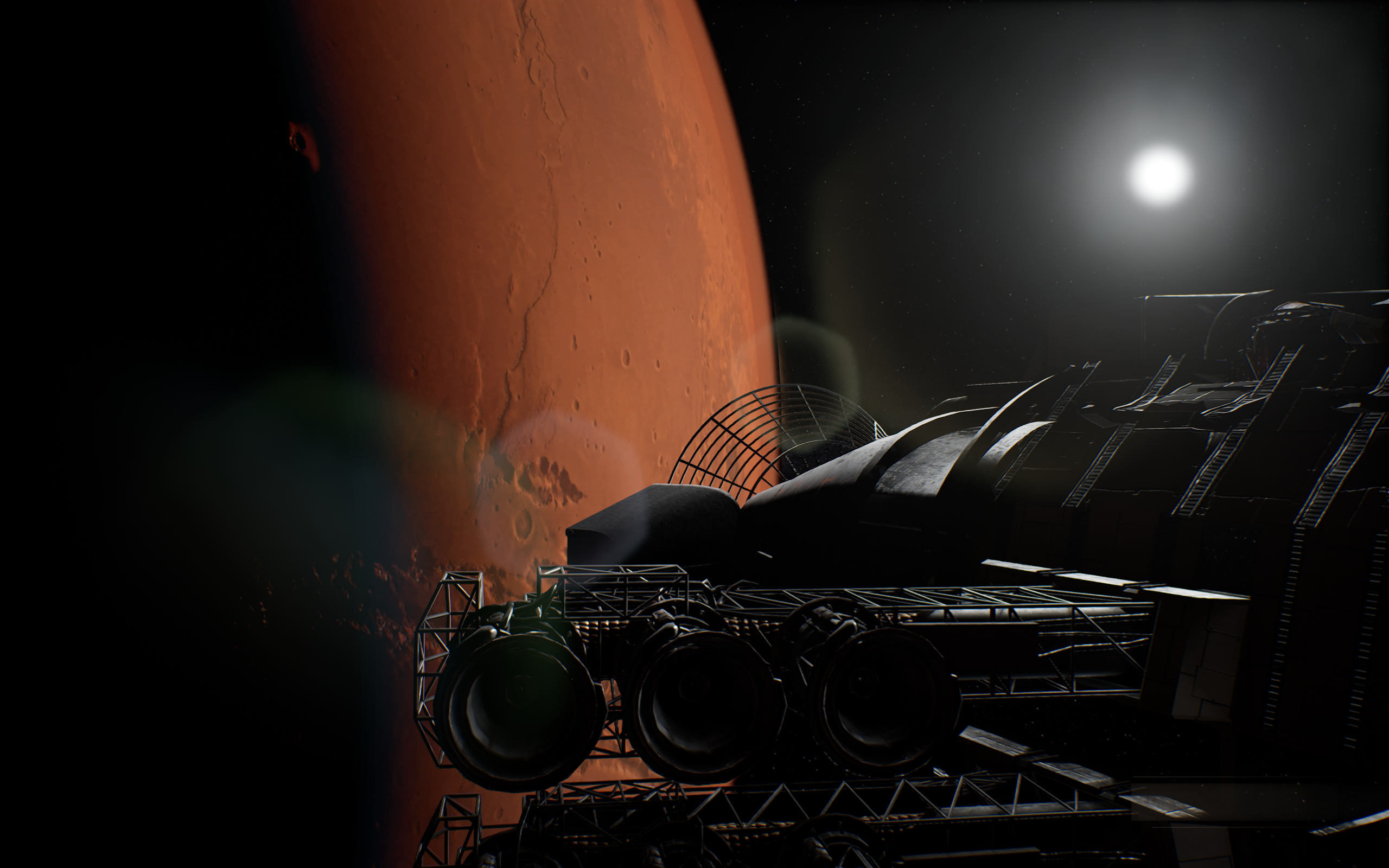
As it turns out, in mechanical terms Deliver Us Mars eventually boils down to a combination of third-person platforming, a bizarre amount of ice axe climbing, energy beam puzzles, piloting bots through tight spaces, and—my personal favourite—lasering things apart in first-person. Once you’ve been introduced to each of these concepts, the subsequent chapters find new ways to combine them into big set-pieces and escalate them in scale. Early on you’re lasering away some debris blocking an energy beam’s path at Cape Canaveral. An hour later you’re outside a space ship, repairing it by removing debris that impaled itself within one of the thrusters. Deeper still, you’re breaking open the cases of energy beam emitters in a huge multi-beam puzzle that takes a good half an hour of head scratching and prism-refracting to suss out.
It’s a decent amount of variety for a game whose focus really lies in storytelling, and all those modes serve the story well thematically—Kathy behaves as an astronaut would behave aboard space vessels and on foreign planets. About halfway through its nine chapters though, I found myself with clear mechanical preferences, and some degree of accumulating boredom whenever I was asked to pick my way along another climbing wall or aim some more beams into place.
Neither one is badly implemented. In fact, compared to the way pick-climbing works in Tomb Raider this is Assetto Corsa Competizione. You’ve got full movement while you’re on the wall and the ability to smack your ice axe into any inch of the climbable surface. There’s no snapping from one canned animation to another for Kathy.

OK beamer
Neither is the energy beam aiming especially flawed. The puzzles grow in complexity at a well-measured rate and except for some refracting prisms with dodgy feet, it all feels sturdy and physically convincing. It’s just that the payoffs don’t escalate with the complexity. Whether you move two beams into place in a simple arrangement or draw a vast wireframe of electricity, you’re nearly always just opening a door to the next area or powering on an elevator.
The laser cutting doesn’t increase in payoffs either, but that’s fine because I find laser cutting intrinsically very satisfying. Honestly, the game could have been nine hours of guiding white-hot energy across soft metals and I’d have been placated. Your mileage may vary.
But to recall that Quantic comparison, you don’t enjoy Detroit on the basis of how precisely it lets you press X. It’s all about the context of your actions, and the broader context here is what kept me engaged even after the less enjoyable mechanics started popping up more often and the limits of the production values made themselves known in no uncertain terms.
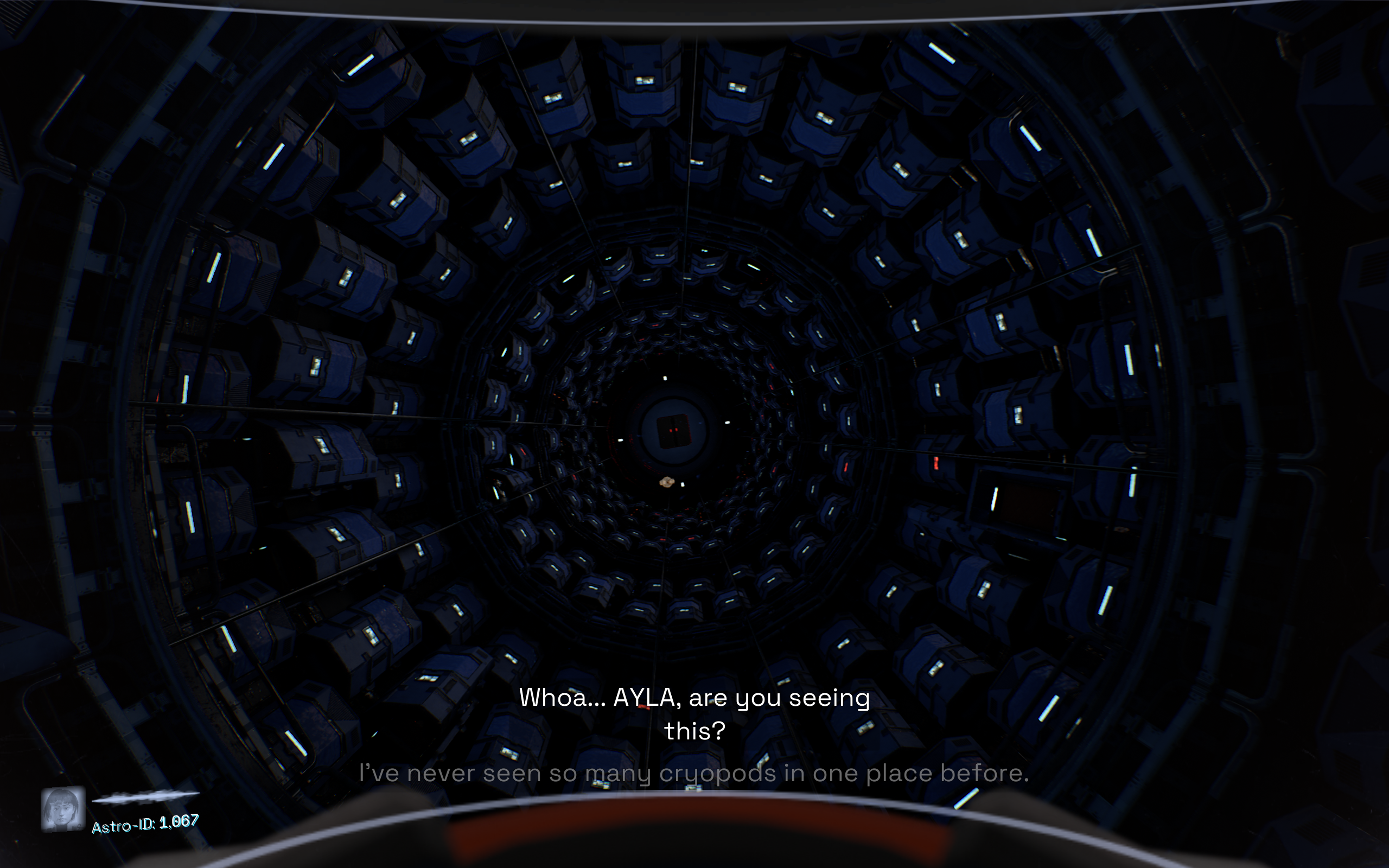
If we’re talking sheer plot, a lot happens in a relatively short space of time. You grow up with Kathy and see her fascination for underwater diving evolve into a different kind of otherworldly exploration. You live the same formative life events over and again as flashbacks, each time painted differently by the knowledge of what came after it. And then there’s the actual mission to track down Outward, make sense of their mission and explore their work, guiding yourself closer to what you hope will be a reunion with your dad. There’s an evolving sibling relationship with older sister Claire, a tense rivalry and a tender kinship all at once, and a different kind of tension between you and your older, more experienced crewmates on the mission. A huge stack of plot points, and a lot of it lands in emotive fashion.
The battle for your attention and enjoyment, then, is waged between a well-told story that’s full of subtlety and poignant moments, and a technical standard that does sometimes threaten to pull you out of the experience. It’s not just the lifeless faces that come off clunky, but at times the environments too. There are moments of visual spectacle when camera angle, texture work and lighting all line up just right for a few seconds, but there are also a few locales that feel like cardboard cutout movie sets with no life happening beyond the horizon. As you follow your sister into a government facility back home on Earth early on, you find yourself approaching an oddly small building from an eerily quiet courtyard with just one or two static NPCs dotted around. However much you want to invest in the idea that you’re eavesdropping on your sister, it’s hard to get past the ‘this is a game’ messages that your brain’s receiving from the scene.
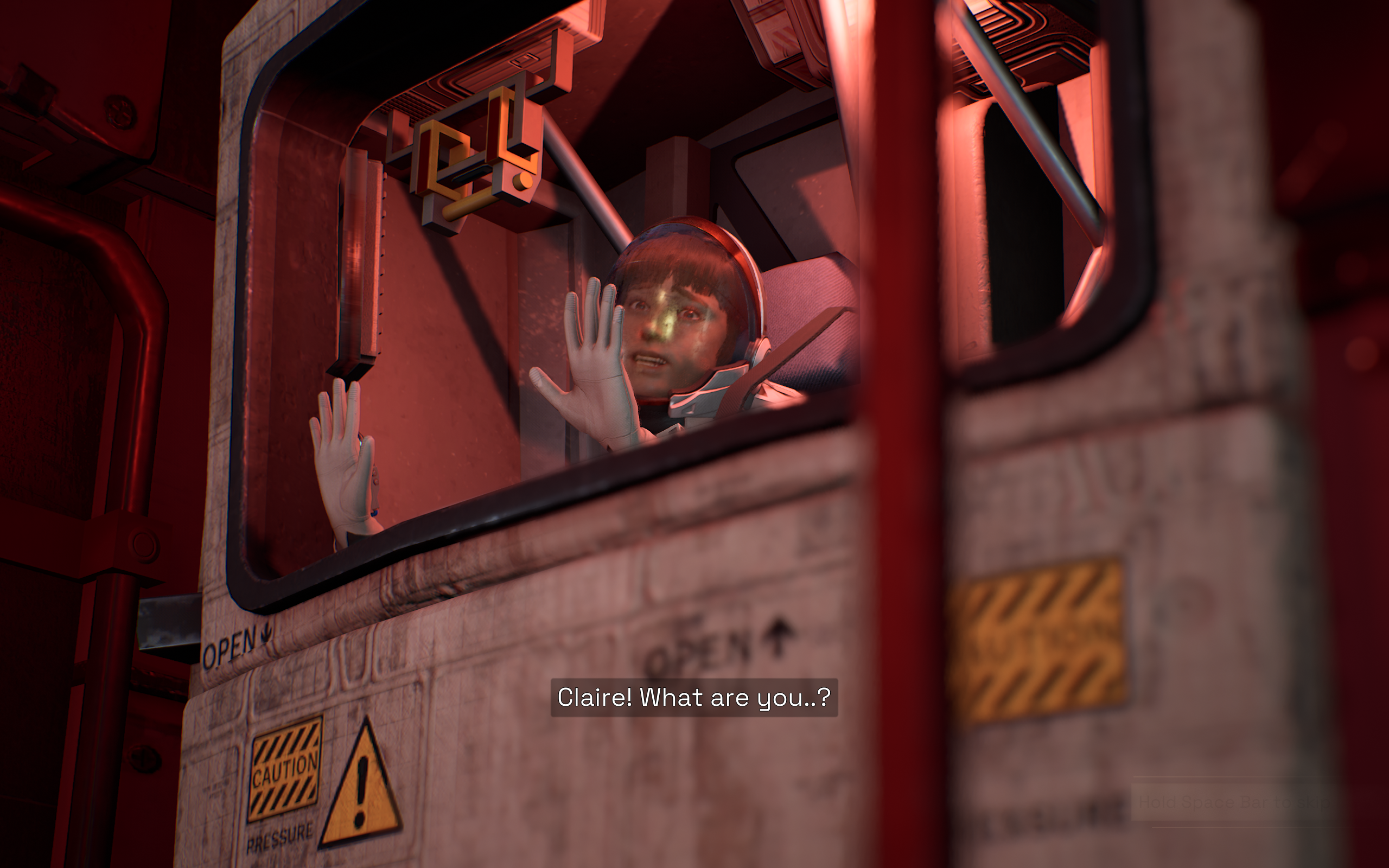
I don’t doubt for a second that these lapses in production sparkle are simply a by-product of telling a far-reaching story on a modest budget, though, and I’d love to see what kind of tale KeokeN could tell with greater resources (and a bit less ice axe climbing). It won’t be the 15th beam puzzle or even the laser cutting I remember from Deliver Us Mars, but its brilliantly understated protagonist and the unusually human family drama she finds herself in. It’s a game about home, ultimately. A home planet that Kathy’s desperate to leave, a new home built by her distant father on deeply inhospitable mars, and the home she can never go back to—the memories from her childhood that keep coming back to needle and torment her. For anyone who cares about story-led singleplayer that’s a journey worth taking, despite the underwhelming technical presentation.
A serious display of sci-fi storytelling talent, even if the production falls short of space age.
Phil 'the face' Iwaniuk used to work in magazines. Now he wanders the earth, stopping passers-by to tell them about PC games he remembers from 1998 until their polite smiles turn cold. He also makes ads. Veteran hardware smasher and game botherer of PC Format, Official PlayStation Magazine, PCGamesN, Guardian, Eurogamer, IGN, VG247, and What Gramophone? He won an award once, but he doesn't like to go on about it.
You can get rid of 'the face' bit if you like.
No -Ed.
